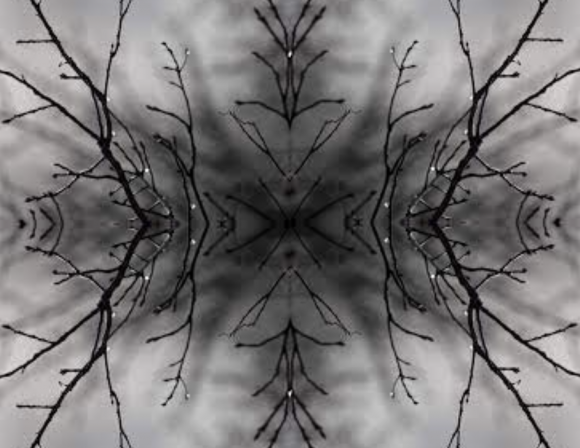That time is unreal — that it transforms into a form of “ghost time” — once you’re in liminal retreat is strangely in conflict with the notion that a journey to the underworld might necessitate a return trip. Whether it actually does necessitate one depends of course on how the journey is conceived of (as we have seen, in Hillman’s early work it doesn’t; in Campbell the collective demands it and the Hero might comply and succeed, or try and fail, or actually refuse; and in Jung it’s just in the vital interest of the individuating subject, on pain of permanent loss of soul). But it seems plain to me that if there is some return path from liminality to the world, this means an “end” can be assigned to that liminal stay — and thus a limited duration, too. It’s true that such duration needs neither be quantifiable nor comparable to others, i.e. doesn’t have to coordinate in any common coordinate system with other parts of the narrative, let alone other narrative universes. (Although it is a common trope of stories which feature a stay in a liminal realm that on their return the journeyers realize how long a time has passed — paradigmatically the seven sleepers, who believed to have slept a night in the cave and then discovered they’ve been away for a life time: so what is this if not a comparison of temporal span, precisely used as narrative device which would lose all effect if time were “meaningless” in the liminal realm?) But liminal stays, involving ghost time or not, might have a beginning and and end.

Now of course in Durrell’s Alexandria Quartet the return trip in question does happen, and it coincides with a Weltenwandel (the second world war has reached the city) and various turns and twists of fate for all the protagonists (including the narrator) have occurred — which provides the main theme of Clea. The world of the first three novels had been a frozen snapshot for their entire narration: it never moved on in time, was merely experienced from various points of view. But the fourth book re-introduces the ever-turning wheel of history, both global and personal, and forcefully shows it to have been at work while we were (or rather, the narrator was) away in liminal space, reflecting and retelling, and repeating reflection and retelling, and so on.
Yet what ends ends his liminal stay is nothing internal to the dynamic of reflection and retelling: it’s the intervention of exactly that external history, in the form of a message from one of the other characters (who hasn’t been on any liminal journey); and moreover, that end was already pre-programmed, built into the architecture of the tetralogy, for Darley, the narrator, had taken Melissa’s child with him, who is also Nessim’s daughter, and it was only to expect that there would be a drive to reunite father and child in some way. So this is a journey to the underworld which was designed to be terminated by external intervention.
Does this reflect on the notion of “ghost time” — which after all, we derived from a notion formed during the narrator’s reflections in the book — that this is the case? (Would a “ghost time” in a construction where there was no built-in return trigger look different?)



